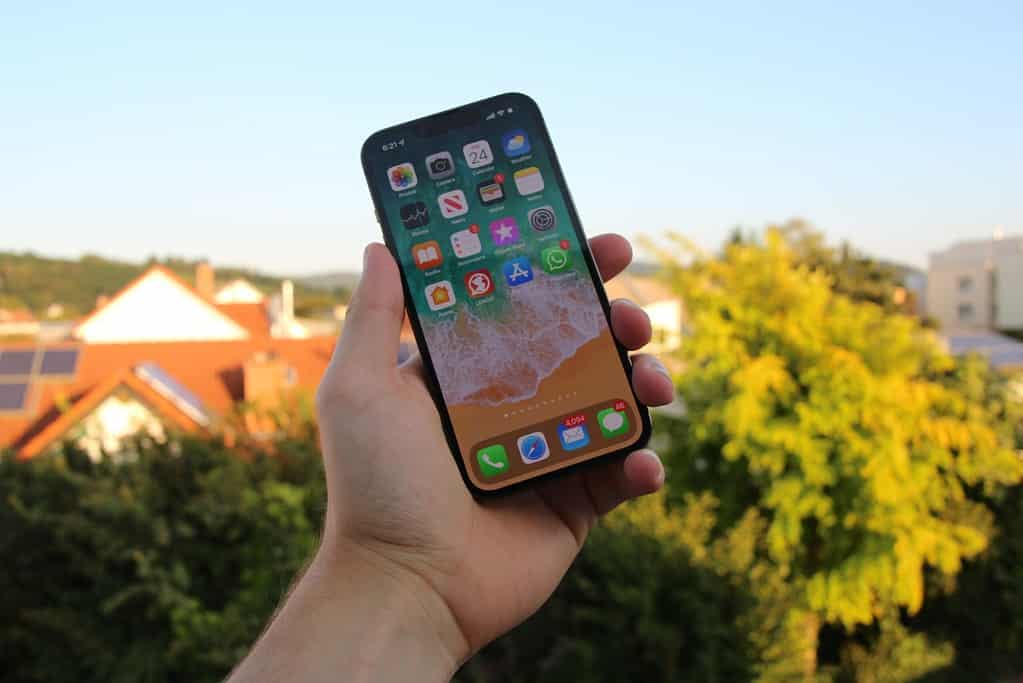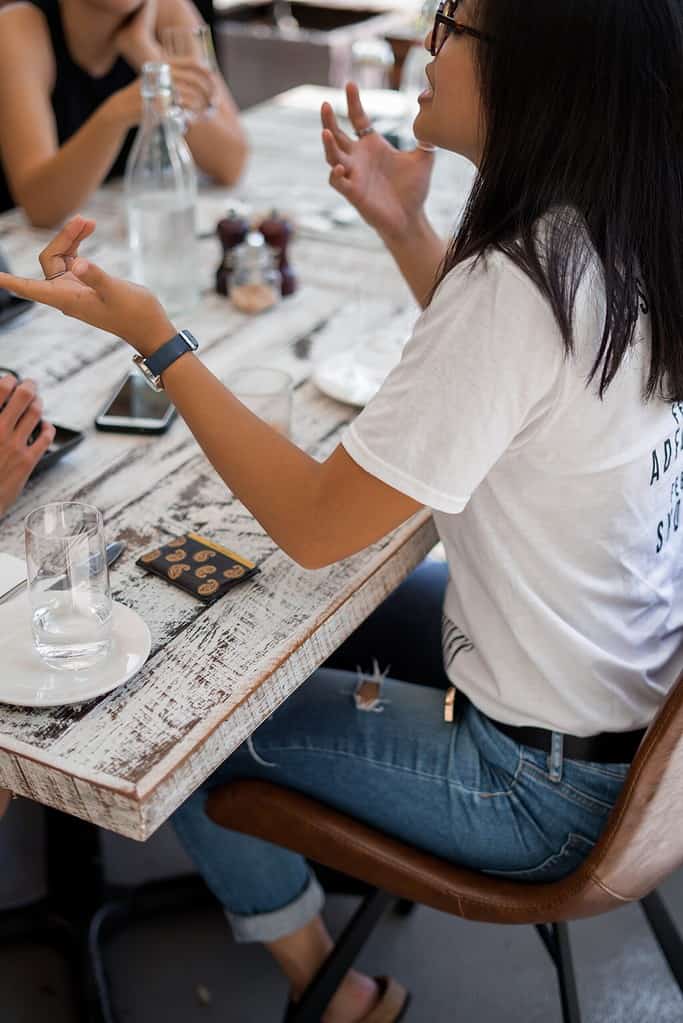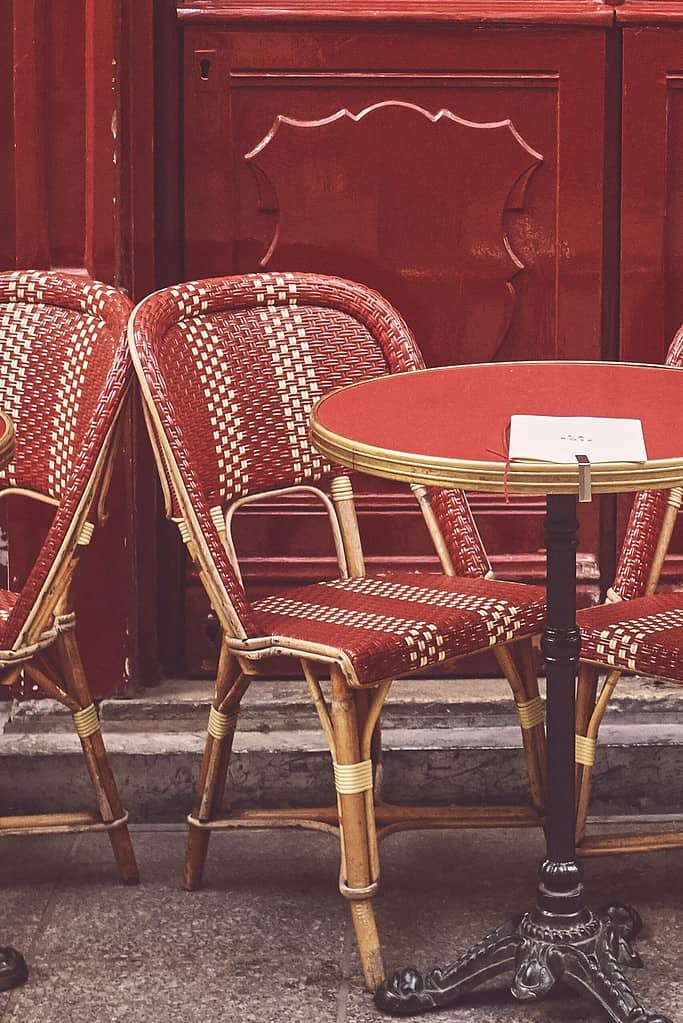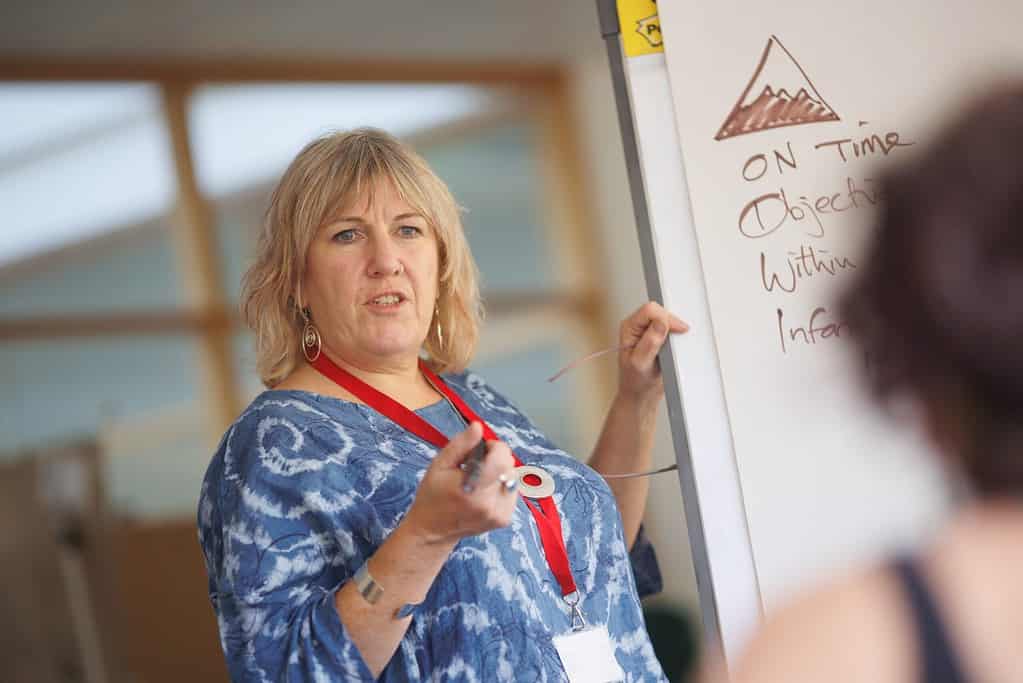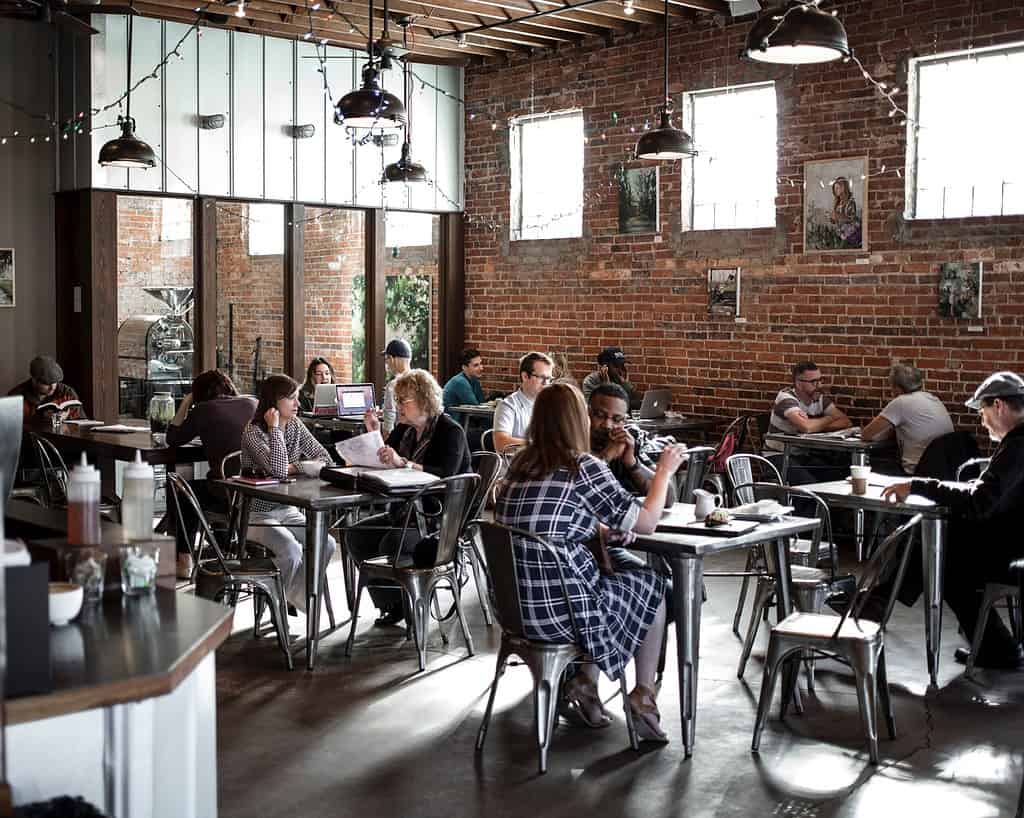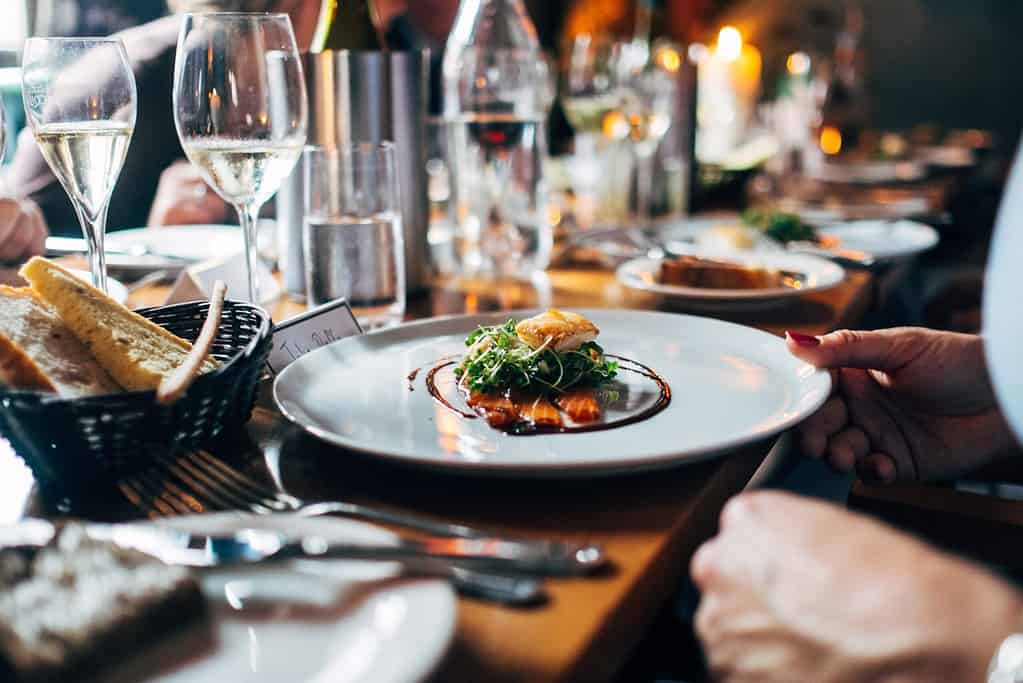Gardening and language learning might seem like an unlikely pair until you discover that tending to a garden is a highly immersive way to absorb a new language. Picture yourself pruning a rose bush while learning French gardening terms or discussing the nuances of soil types with a native speaker. Not only does this blend nature with language—an organic way to learn—but it also ties everyday activities to vocabulary that sticks. At swaplang, we believe in practical, hands-on learning that fits naturally into your daily routine.
The Importance of Language Immersion in Everyday Activities
When you immerse yourself in French through everyday activities like gardening, you actively bridge the gap between textbook knowledge and real-life usage. Engaging in daily routines in French makes abstract grammar and vocabulary come alive. Imagine discussing the weather, measuring portions of fertilizer, or even chatting with a neighbor about their unruly rose bushes—all in French. This approach is not just about learning words; it’s about embedding language into the fabric of your everyday life. Research and expert language courses emphasize that immersion is key to developing a natural, confident accent and vocabulary. Linking this concept back to our approach at swaplang, interactive one-to-one sessions allow you to integrate language into your routine in genuine, spontaneous ways.
Learning French Vocabulary Specific to Gardening
Diving into French gardening vocabulary is like uncovering a new world of sensory details. In French, the word for garden is “jardin” (as seen on The Perfect French with Dylane), and soon you’ll learn words for essential tools, flowers, and even techniques for ensuring your begonias bloom beautifully. The language of gardening includes terms like “arroser” (to water), “tailler” (to prune), and “engrais” (fertilizer), each evoking tactile and visual memories that help you remember them more easily. Other online lessons, like those found on French Today, offer extensive lists and context for these words, ensuring that your vocabulary blossoms alongside your garden.
Practical Tips: Incorporating French into Your Gardening Routine
If you’re ready to get your hands a little dirty and your French a little more fluent, practical tips are your best friends. Start by labeling your tools and plants with their French names. For instance, your shovel could be “la pelle” and your watering can “l’arrosoir.” Keep a small notebook on hand to jot down new words as you encounter them during your gardening adventures. Don’t be afraid to talk to yourself and describe your actions: “Je plante des fleurs” (I am planting flowers) or “Je taille ma haie” (I am pruning my hedge). This self-talk reinforces language patterns while simultaneously nurturing your green space. For additional pronunciation guidance and to refine your accent, consider exploring tips on mastering French pronunciation, which can help tie your garden observations to conversational fluency.

Cultural Insights: French Gardening Traditions
Gardening in France is steeped in centuries of tradition, blending aesthetics with a deep respect for nature. French gardening isn’t merely a hobby—it’s an art form. Historic estates and meticulously designed public gardens demonstrate the French value of beauty and order. When you learn French gardening vocabulary, you’re not just meeting new words; you’re immersing yourself in a cultural heritage that prizes elegance and balance. Sources like FrenchLearner and EnRouteFrench offer insights into how these traditional practices shape the language itself. These traditions have given rise to unique expressions, such as the art of conversation in garden cafés or discussing perfectly pruned topiaries, which when practiced in French, boost your cultural and linguistic competence simultaneously.
Expanding Language Skills Through Observation and Practice
Every rustle of leaves and every trickle of water in your garden offers an opportunity to expand your language skills. Observation is a powerful tool when learning any language because it ties abstract words to concrete experiences. By watching how nature unfolds around you, you become more attuned to the rhythms and nuances of French speech. Discuss your observations with native speakers—whether on a casual video session via swaplang or in a local French meetup—and ask questions like “Pourquoi les feuilles changent-elles de couleur?” (Why do the leaves change color?) This real-time engagement reinforces memory and builds your conversational confidence. Even if you stumble over a word or two, every mistake is a valuable stepping stone to mastery.
Gardening offers a uniquely rewarding backdrop to language learning where vocabulary and practical skills grow side by side. By transforming your garden into a living French lesson, you integrate your passion with proficiency, making every moment outside an opportunity to enrich your language repertoire. Ready to take your spoken French from seed to bloom? Sign up for a free trial at swaplang today and cultivate your mastery in a fun, immersive environment!



